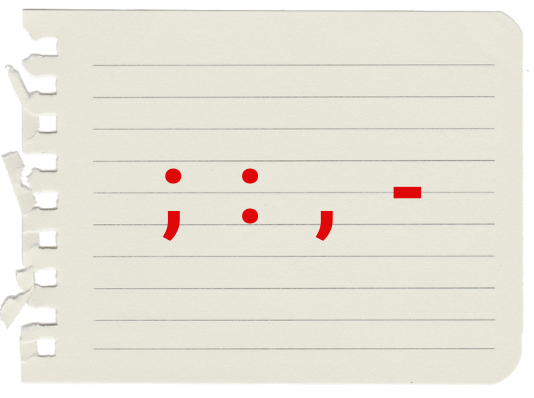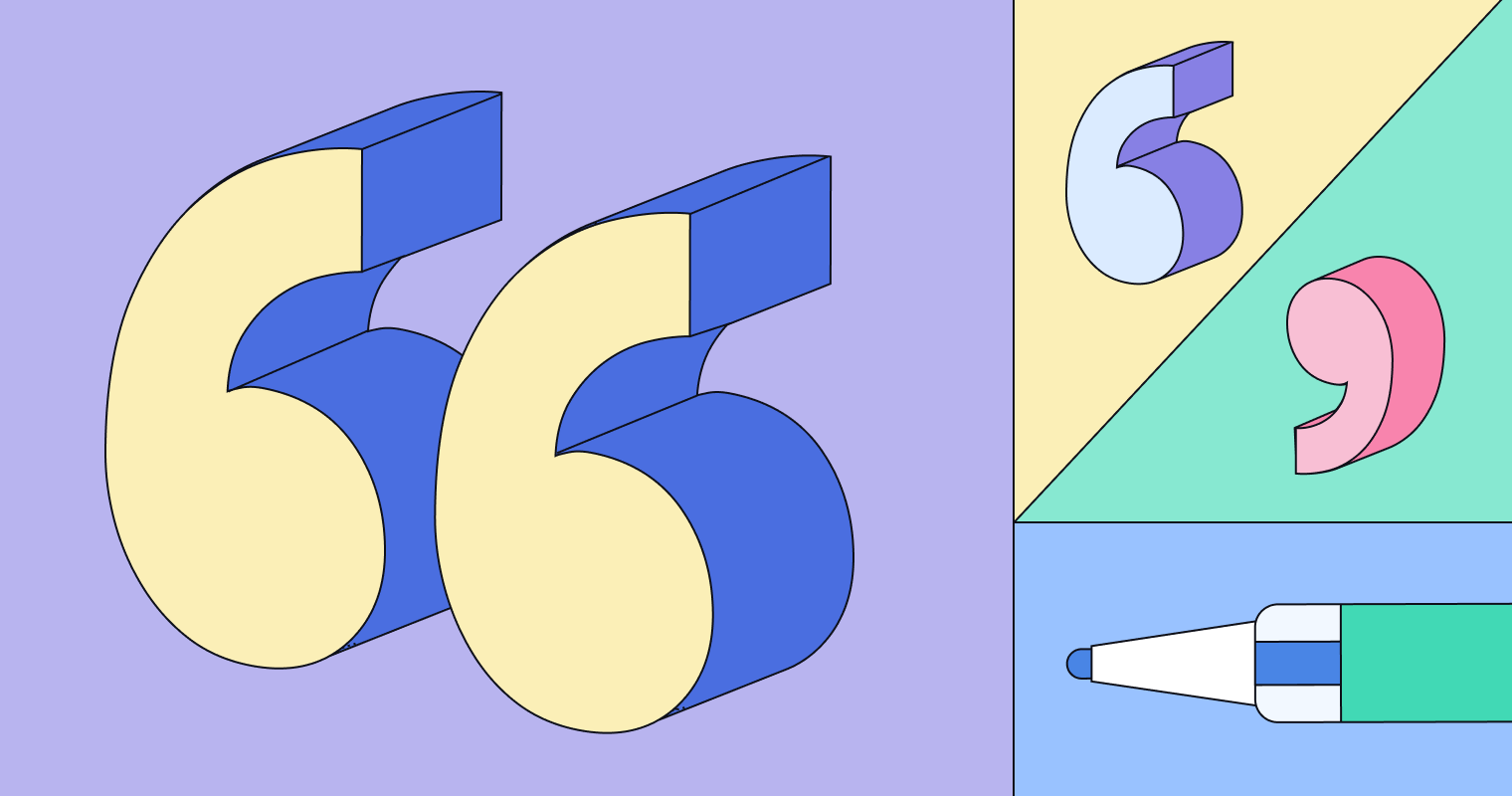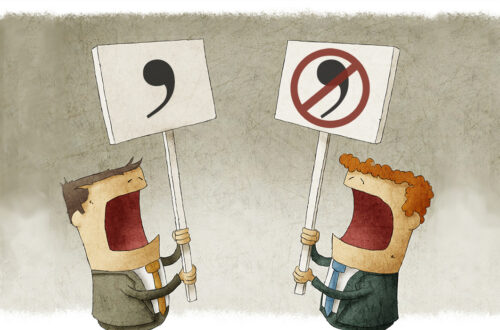A semicolon (;) is a punctuation mark that has two main functions:
- Semicolons separate items in a complex list. For example, The Council is comprised of ten members: three from Sydney, Australia; four from Auckland, New Zealand; two from Suva, Fiji; and one from Honiara, Solomon Islands.
- Semicolons join two closely related independent clauses. For example, Taylor hates the Friday commute; platform 24 is always overcrowded.
In a previous article, ‘How to Use Colons Correctly’, we discussed how colons are used to introduce lists, add further information or create emphasis. Often colons and semicolons are incorrectly used interchangeably. They shouldn’t be; they each have a distinct purpose.
The Macquarie Dictionary states that the semicolon (;) signifies ‘a more distinct separation between parts of a sentence than that indicated by a comma’. It’s useful to think of the semicolon in terms of the pause it creates: a longer pause than a comma, but shorter than a full stop.
A semicolon has two main uses: to join closely related independent clauses, and as a mega-comma of sorts. This article will discuss the first use, and the next, ‘Using Semicolons in Complex Lists’, will explain the second.
We also have a video explaining how to use semicolons if you would prefer to learn about the topic that way.
What is an Independent Clause?
A semicolon is used to bring two independent clauses together. Simply put, an independent clause (also called a main clause) is a standalone sentence. It expresses a complete thought and contains a subject and predicate.
An independent clause doesn’t have to be long. It could be as short as ‘Jesse ran’ or ‘Lesley cried’.
Using a Semicolon to Connect Related Independent Clauses
You might remember from ‘How to Use Colons Correctly’ that the statement before a colon needs to be able to function as a standalone sentence. This is true for correct semicolon usage too.
However, when using a semicolon, the part after the punctuation mark also needs to be able to function as a standalone sentence. A semicolon is used to bring two related sentences together to accentuate their connectedness.
In the example below, you can see that a full stop (also called a period) is separating the two sentences:
Jesse can’t wait for the weekend. She loves going to the beach in hot weather.
To make these two sentences seem more connected—and imply that Jesse can’t wait for the weekend because she is planning to go to the beach—a semicolon could be used.
With the full stop above, the example reads like two unrelated ideas. However, in the following example, the semicolon creates a relationship between the two ideas:
Jesse can’t wait for the weekend; she loves going to the beach in hot weather.
Using a Semicolon to Avoid a Comma Splice
Two independent clauses (as in the example above) should only be joined with a semicolon to create a complex sentence. Using a comma instead is a grammatical error referred to as a comma splice. This is an example of a comma splice:
Donning his hat, he walked to the door, he would never see Tommy again.
The first comma is used correctly because it connects the dependent clause ‘donning his hat’ with the first independent clause ‘he walked to the door’. The second comma should be replaced with a semicolon because it is intended to link a second closely related independent clause.
Donning his hat, he walked through the doorway; he would never see Tommy again.
He would never see Tommy again; donning his hat, he walked through the doorway.
Avoiding the Incorrect Use of a Semicolon
The trick for using a semicolon correctly is simple: there must be standalone sentences on either side of the semicolon punctuation mark. Remember that a semicolon is used to create a relationship. The two sentences should not be completely unrelated or the punctuation mark is being used incorrectly, as is shown in the following example:
The Prime Minister celebrated her victory; I love swimming and netball.
A good way to check if you are using the semicolon correctly is to see if a full stop would work in the semicolon’s place.
Please read the next article, ‘Using Semicolons in Complex Lists’, to learn how semicolons can be used alongside commas to create clarity in complex lists.



